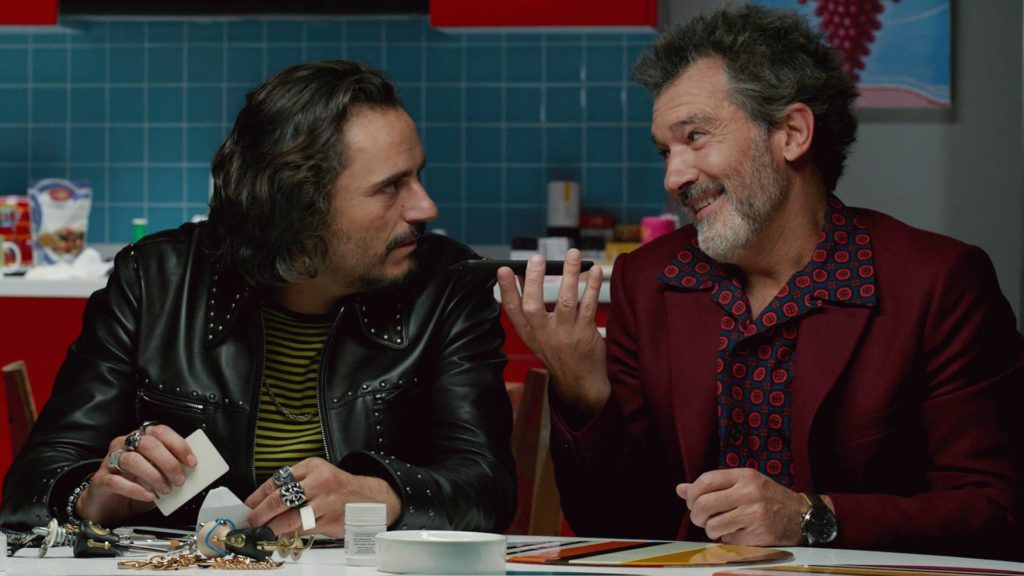Film Review: Pain and Glory
Pain and Glory proves that high-art films are still stuck in the past
 El Deseo
El DeseoPedro Almodóvar’s Pain and Glory is a deeply personal and moving tale about the intersections of art, addiction, and love. However, this Oscar-worthy film may not be as perfect as it seems.
Pain and Glory depicts an ageing film director, Salvador Mallo (Antonio Banderas), as he reflects on his past. Salvador lives alone in Madrid and is struggling with physical and mental ailments that have halted his filmmaking. With the remastering and re-release of an earlier film he created, Salvador ends up connecting with the lead actor of the film, Alberto Crespo (Asier Etxeandia), who he hasn’t communicated with for the past thirty years over a dispute about the film. Through this interaction, Salvador begins a heroin addiction to deal with his ailments.
Like Almodóvar’s other films, Pain and Glory is a combination of fiction and autobiography — autofiction. As a result, there are many moments within the film that mirror the director’s own life. The main character and the film itself is a collection of memories, often weaving in and out of the past through various techniques and methods, such as personal monologues, dreams or plays. I think Almodóvar does a wonderful job of utilizing flashbacks, ensuring the narrative doesn’t become confusing or boring.
I enjoy the way important plot points are interwoven, especially when dealing with Salvador’s sexuality. For instance, Salvador being gay isn’t revealed through a major coming out moment, but rather is just stated without needing it to be explained. Antonio Banderas does a good job of playing Salvador, although, I wouldn’t say it was anything exceptional.

The film isn’t perfect though; there are some problematic areas. One particular scene I find troubling is when Salvador goes to buy drugs from a dealer and is in a rough neighbourhood. For literally 99 per cent of
If you couldn’t tell, I’m incredibly skeptical of everything. The film does not pass the Bechdel Test, and, yes, one may argue that a queer
Pain and Glory include some interesting insights about love and addiction, emphasizing how art can be a form of love, but people can become addicted to art and love the same way someone can become addicted to drugs. It also shows that art and love can be healing as well if you make that choice to have it heal you, not harm you. However, the problematic aspects of this film left me wanting better.




